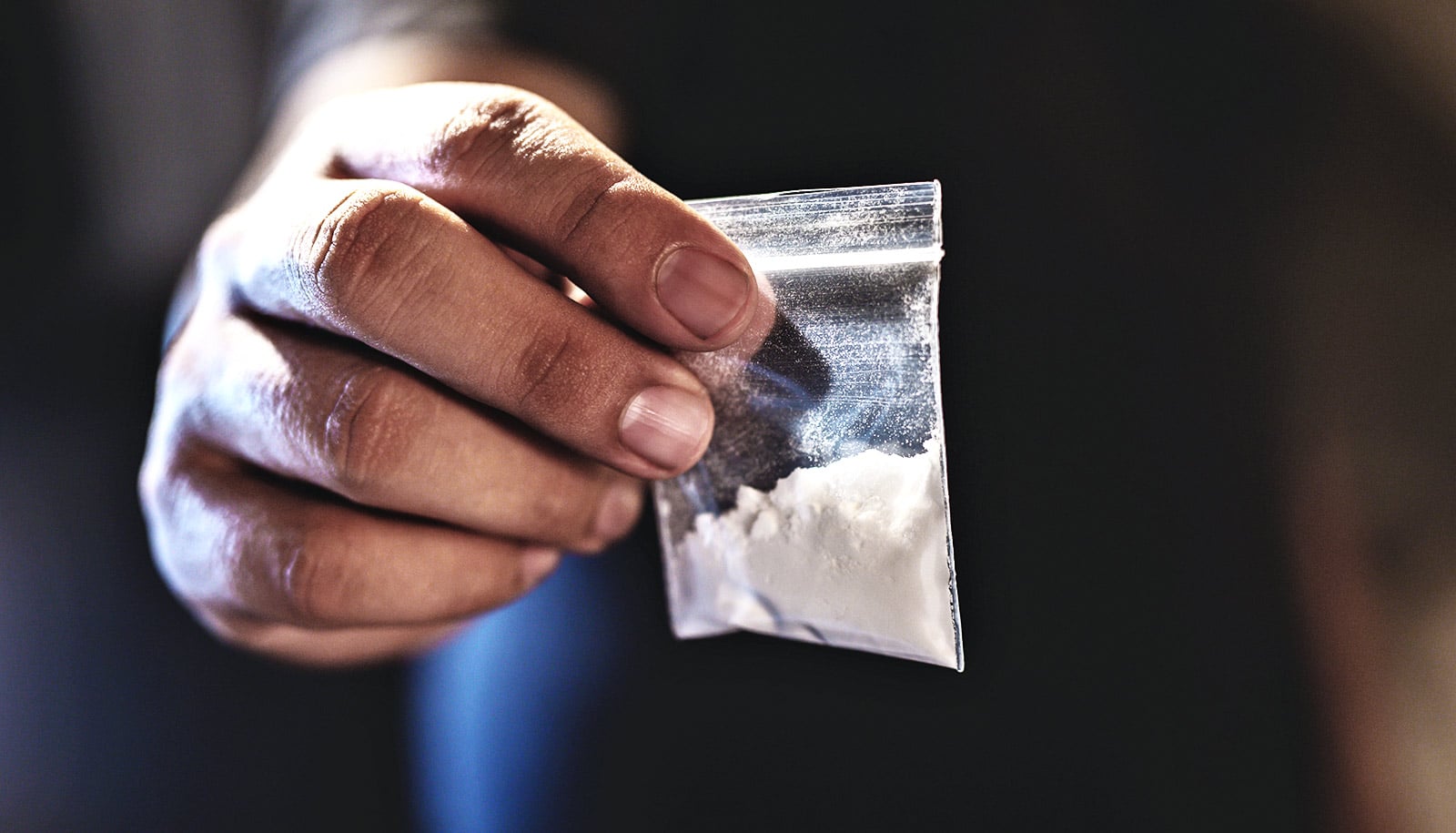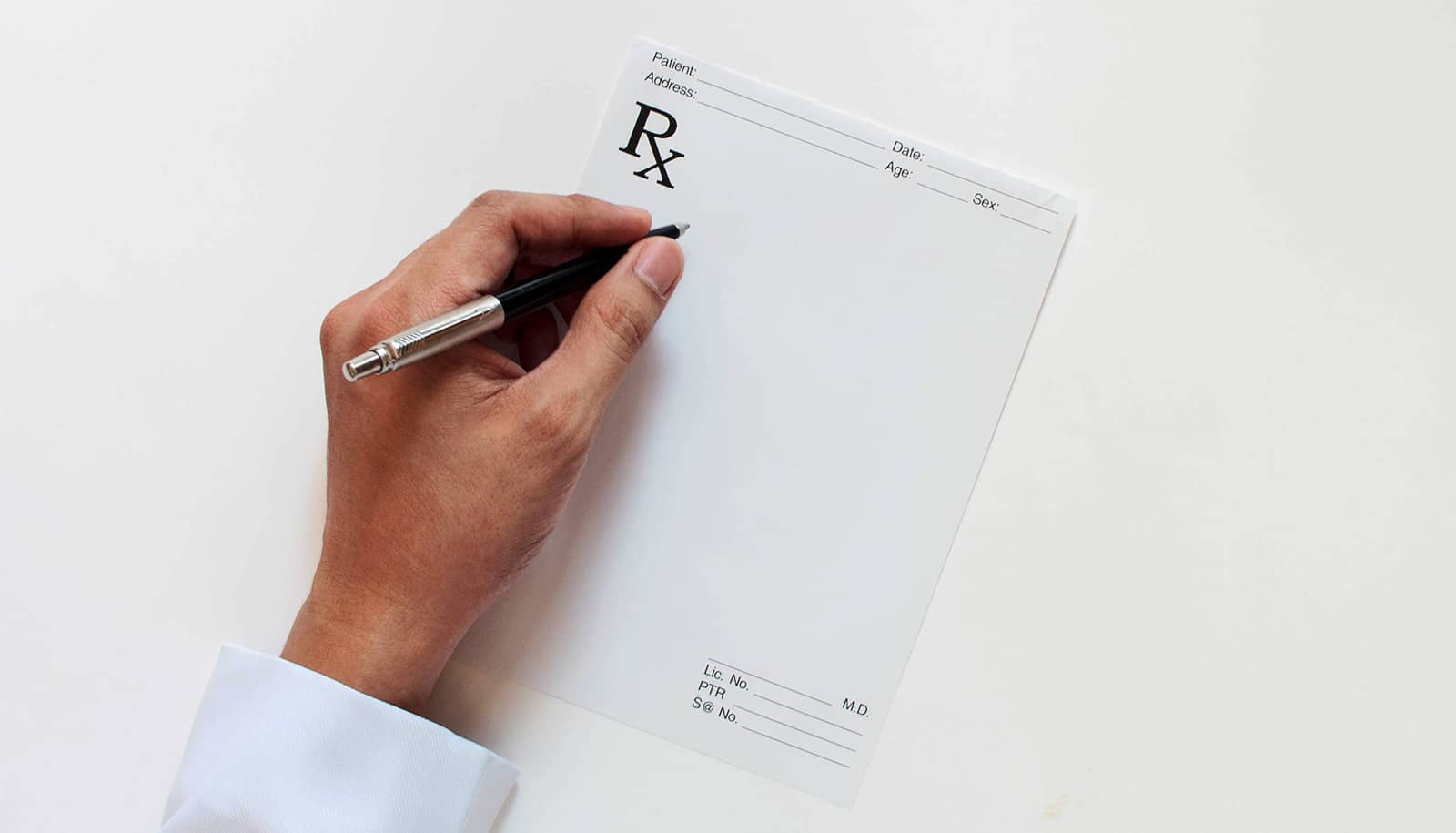One-third of people who use heroin become addicted within one to 12 months, a new study shows. It’s estimated that 300 to 520 people start using heroin each day in the United States alone.
The findings indicate that prior estimates of 20 to 25 percent have been too low, researchers say.
“Looking at drug use just one year later makes it less likely for subjects to die or be imprisoned…”
“Earlier studies counted heroin dependence cases from the time someone begins using throughout their many years of use,” says senior author James Anthony, an epidemiologist at Michigan State University. “Our study focused on the first 12 months after first heroin use.”
For the study in JAMA Psychiatry, researchers reviewed data from between 2002 and 2016 from the National Survey on Drug Use and Health, or NSDUH, which tracks drug use in the United States.
Looking year by year, researchers identified more than 1,000 new users, the youngest being 12 years old, and studied each user’s experience and the symptoms of dependence that emerged since the first day of starting heroin.
“Looking at drug use just one year later makes it less likely for subjects to die or be imprisoned, and these are factors that would have taken them out of view in these studies,” Anthony says. “With focus on the most recent 12 months, it’s also easier for participants to be more accurate in their responses, and even more importantly, shows just how quick dependency can form.”
Dependency rates varied from year to year, with some recent years reaching nearly 50 to 60 percent. Anthony says. The fluctuations could be a result of heroin becoming more accessible in those years, the cost decreasing, or even changes occurring in someone’s prior prescription pain reliever use.
Teens who use heroin probably use other drugs, too
Although, the research team wasn’t able to determine how many times someone had to use the drug to become addicted, the results still offer clearer evidence around heroin dependency and can be indicators that early intervention is crucial in controlling the spread of the current epidemic.
“With the number of people starting to use heroin each day, the more we can provide more compelling data to clinicians and health officials, the more they can use the information to persuade those who might be thinking of using, to not even try it,” Anthony says.
The National Institutes of Health and the National Institute on Drug Abuse funded the work.
Source: Michigan State University



